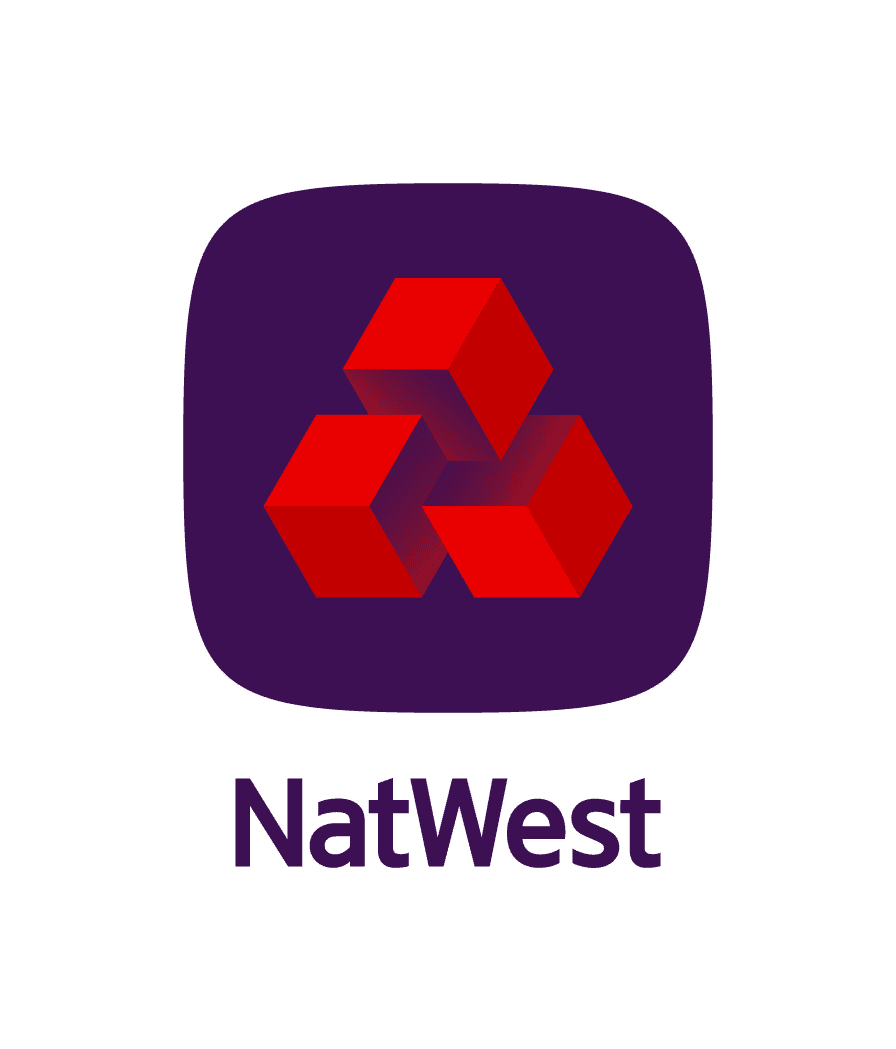INTERVIEW
Cross-border payments: the next frontier
NatWest’s Simon Eacott explores the progress made in cross-border payments innovation across the globe
Published: 13 March 2023
Cross-border payments are growing fast, with the trends such as increased borderless e-commerce, rising cross-border B2C payments and global trade improvements. With increased demand comes the need to make payments more secure, transparent and instant, as well as inexpensive. With the direction of cross-border transactions in the next decade now clear, it’s time to turn our heads to how goals such as the G20 3% target cost by 2027 can be achieved. Simon Eacott, Head of Payments at NatWest, gives us his outlook on the cross-border space right now and the actions the industry needs to take in order to make cross-border payments safe, speedy and simple, all at a low cost.
Cross-Border payments – What’s Next?
The days when a cross-border payment could take days to arrive and required multiple banks with opaque fees are long gone. Today, most cross-border payments arrive in less than 30 minutes, and the enhancements we have seen to country corridors and domestic infrastructures continue to improve transparency and speed. But as the industry strives to reach the G20 target cost for a payment – 3% by 2027 – the question is, how will we get there?
Improvements in cross-border payments lag those seen in domestic payments
With the value of cross-border payments set to increase to $250 trillion by 2027, the World Bank has been actively monitoring the average cost of sending a $200 cross border payment: In June 2022 it was 6% of the remittance…or double the 2030 target. There are a variety of reasons why cross-border payments cost more. A non-exhaustive list would include AML, time zones, differing regulations, currency risks and more. The G20 identified a total of 19 building blocks with the ability to bring notable benefits to cross-border payments. Managing these will require collaboration between governments, regulators, and industry. The global adoption of the ISO 20022 standard will accelerate the push to real-time cross-border payments, support the development of common standards for data sharing, and drive forward standardised approaches to KYC, AML and CFT sanctions whilst driving costs down.
“The G20 identified a total of 19 building blocks with the ability to bring notable benefits to cross-border payments. Managing these will require collaboration between governments, regulators, and industry.”
Regional innovation is making progress
Given that so much trade, whilst being cross-border, is regional, the surprise is less that there is renewed interest in this space but that it’s taken a while to arrive, for example:
- Nordics: The P27 new platform is being built/designed (and ultimately will be priced) with this in mind.
- ASIA Pac: There is instant QR based cross-border payments between Vietnam and Thailand and instant payment between Thailand and Singapore – payment is made in seconds with a smartphone by linking the instant payment rails between the 2 nations.
- Europe: The EU is moving to mandate SEPA instant payments.
It’s encouraging to see the industry spending less time explaining why cross-border payments, messaging or managing AML rules are complex; regulators and payments professionals know the issues. Programmes to educate consumers on themes such as ‘Stop, Challenge and Protect’ – both for domestic and international payments – need to continue and the industry needs to accelerate use of AI in monitoring and identifying suspicious activity. However, today’s activity is increasingly focused on efforts to make sending money overseas safe, simpler smart, fast … and at a lower cost. This is leading to more collaboration and “out of the box thinking” – which is why in Q4-2022 NatWest, along with several global banks, participated in both a CBDC sandbox and Swift hackathon exploring new ways of moving money. There remains much to do in this space but separating well-publicised negative news stories from the benefits new technologies may bring, offers a range of opportunities that address regulator objectives – greater innovation and competition with improved customer outcomes.
In time, all payments, will be instant or near real-time
Having physically, and virtually attended Sibos for many years, last October’s conference, in the wake of the pandemic, saw inclusion, equity and purpose very much in evidence. While easy to dismiss as intangible, wider progress can only come from changes to the collective culture of the industry – no one attending SIBOS 2022, the panels and keynotes, could have failed to notice the sea change; from which we will all benefit.
“While easy to dismiss as intangible, wider progress can only come from changes to the collective culture of the industry”
Follow us on:
Simon Eacott
Head of Payments
NatWest

Stay in the loop with MoneyLIVE
Subscribe to our newsletter to receive news, insights and special offers.

